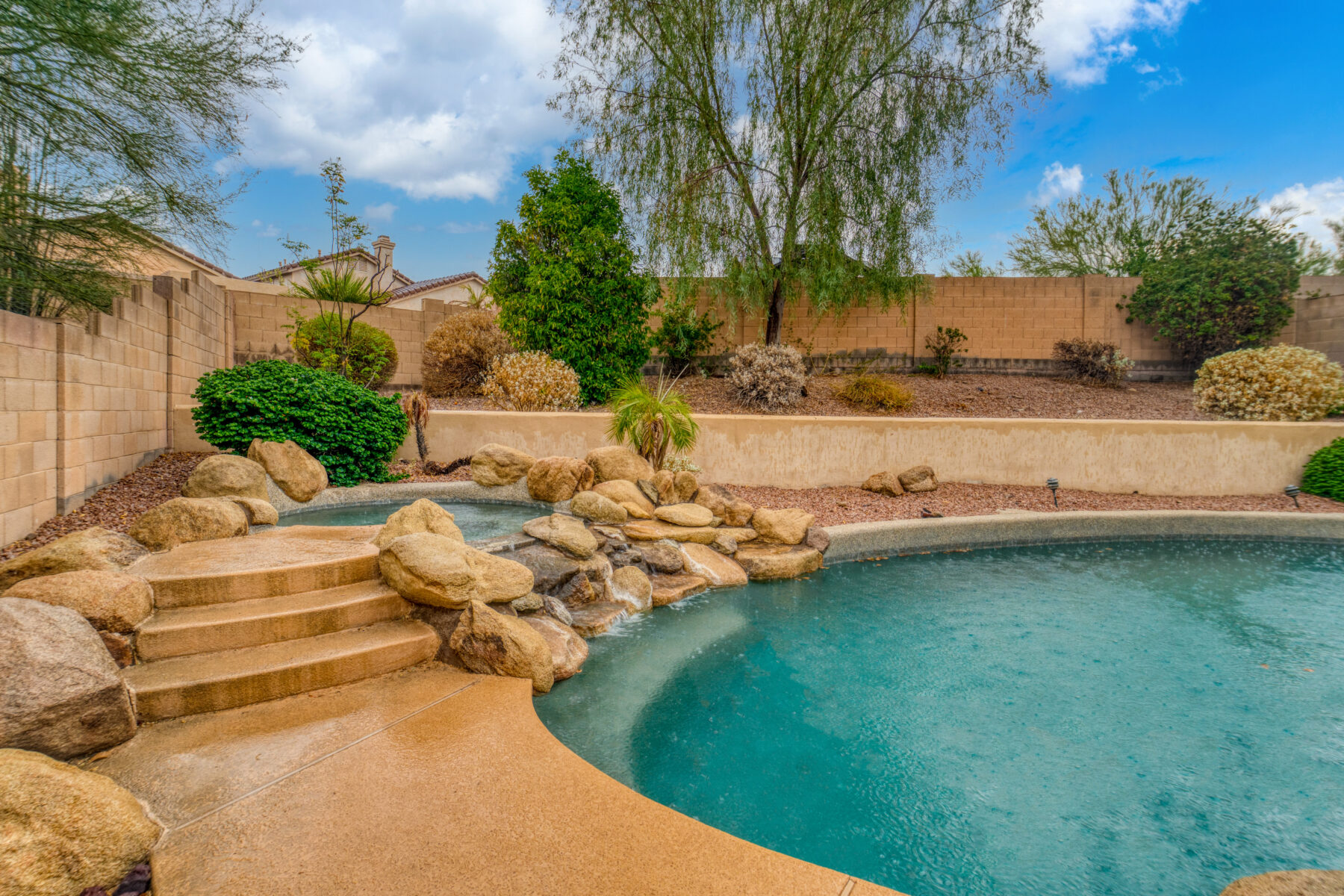How to Build a Pool Deck: Concrete and Stone Options for Homeowners
May 6, 2025

A pool deck does more than frame the water, it works to define the entire outdoor space. It adds style and function, giving durability as much importance as design. Likewise, the material is also multifaceted. It determines how well the deck handles environmental wear and constant foot traffic. Concrete and natural stone remain as two staples, delivering a balance of strength, texture, and design. All which turn any poolside into a polished, long-lasting focal point.
Concrete Pool Decks Means Versatility That Lasts
Concrete is a clear frontrunner, and it’s easy to see why. It’s tough, budget-friendly, and offers more design flexibility than most materials. Modern finishing techniques go beyond the plain gray slab. Stamping, staining, and texturing can give concrete the look of stone, brick, or even wood, without the high maintenance those materials require. Stamped concrete adds depth and character, delivering a high-end appearance while also enhancing traction.
When done right, concrete stands up to pool chemicals, temperature swings, and everyday wear without breaking down. Resealing every few years keeps it looking sharp and helps prevent cracks or discoloration. For anyone wanting a durable, low-maintenance option that doesn’t compromise on style, concrete delivers.
Natural Stone Decking That’s Timeless and Resilient
Natural stone enhances any outdoor space, adding a natural, polished look that fits right into the landscape. Travertine, flagstone, and limestone each have their own distinct textures and tones, making them easy to match with anything from sleek modern designs to traditional architecture. But it’s not just about looks, stone has built-in advantages that make it a smart, long-term choice.
Travertine stays cool underfoot, making it one of the most comfortable choices for a pool deck. Its porous surface helps with drainage, cutting down on slick spots and making the area safer. Flagstone, with its rough edges and natural variation, creates a look that feels organic rather than manufactured. While stone costs more upfront than concrete, its durability makes it a solid long-term investment that adds real value to a home.
The Choice Between Concrete and Stone
Choosing between concrete and stone comes down to budget, climate, and design priorities. Concrete is the more affordable, flexible option and installs quickly. Stone costs more upfront but brings lasting durability and a level of character that concrete just can’t replicate.
Climate matters too. Concrete holds up well in most areas but might need extra sealing in places with extreme temperature shifts. Some natural stones, like travertine, handle those changes better on their own, offering built-in weather resistance that helps them keep their look for the long haul.
Creating a Pool Deck That Works
A pool deck needs to make the space flow. That means creating areas for lounging, dining, and entertaining, making it feel intentional rather than just a flat stretch of gray. Built-in seating, tiered levels, and contrasting borders add dimension, giving the deck both character and function.
Blending materials is an easy way to get a high-end look without overspending. A stamped concrete base with a natural stone border, for example, adds contrast and texture while keeping costs in check. Whether the style leans sleek and modern or warm and rustic, thoughtful design choices make all the difference in bringing everything together.
At its core, a pool deck isn’t just a gatekeeper for the water. It sets the tone for the entire outdoor space. Concrete brings versatility and practicality, while natural stone adds lasting refinement. The right pool deck materials and design can transform a backyard into a stylish and functional retreat that stands the test of time.

